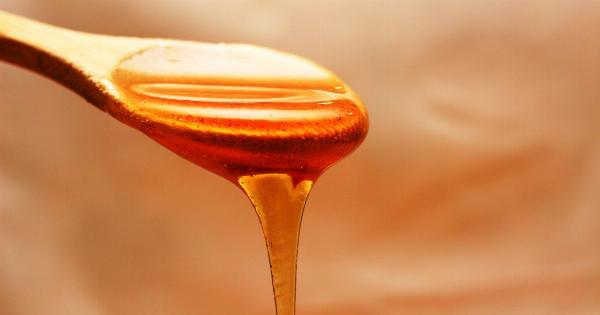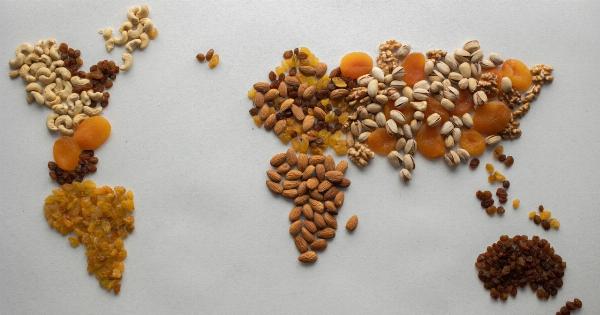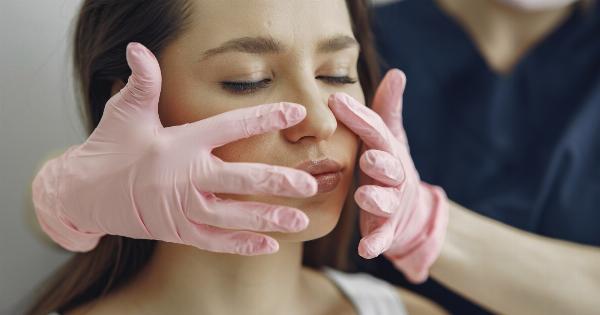Honey is a natural, sweet substance that has been used by humans for thousands of years. It is made by bees from the nectar of flowers and has long been valued for its culinary and medicinal properties.
However, in recent years, there has been a growing trend of honey being treated like drugs in various ways. This article explores the reasons behind this phenomenon and the implications it has on the honey industry and consumers.
The Rise of Honey Regulations
In many countries, honey is now subject to extensive regulations and testing requirements. Governments argue that this is necessary to ensure the safety and quality of honey available in the market.
Some of the common regulations include testing honey for adulteration or contamination, traceability requirements, and labeling standards.
While these regulations might seem reasonable on the surface, they have also led to increased scrutiny and control over the honey industry.
Many small-scale beekeepers and local honey producers find it difficult and expensive to comply with these regulations, effectively limiting their ability to sell their products legally. This has created a monopolistic environment where only large-scale commercial honey producers can thrive.
Honey as a Controlled Substance
In certain countries, honey is being treated as a controlled substance, subject to strict import and export regulations. This is particularly relevant for countries that are trying to protect their local honey industries from foreign competition.
Restrictions on importing honey are often justified by the need to prevent the spread of pests and diseases, such as the notorious Varroa mite, which can devastate bee colonies.
However, treating honey as a controlled substance can have unintended consequences. It limits consumer choice and makes it harder for smaller honey producers in different regions to access international markets.
Furthermore, it could hinder scientific research and knowledge sharing since restrictions on the import of honey can make it challenging for researchers to obtain diverse samples for study.
Honey as a Counterfeit Commodity
Honey is no longer just a sweet treat; it has become a sought-after commodity with a significant market value. As a result, the rise in regulations has also brought about an increase in honey adulteration and counterfeit products.
Some unscrupulous producers mix honey with other sweet substances or artificially enhance its quality to meet regulatory requirements.
This has led to a proliferation of counterfeit honey products, making it difficult for consumers to differentiate between authentic and adulterated honey.
The honey industry is facing challenges in ensuring transparency and combating fraud, as counterfeiters become increasingly sophisticated in their methods.
The Health Benefits and Honey Misinformation
Honey is often celebrated for its health benefits. It has been used in traditional medicine for centuries and is believed to have various healing properties.
However, the health claims associated with honey have also caused controversy and contributed to the current regulatory environment.
Some sources claim that honey can cure ailments ranging from allergies to cancer.
While honey does indeed possess antibacterial properties and contains beneficial nutrients, the scientific evidence supporting these claims is often limited or inconclusive. Consequently, regulatory agencies increasingly scrutinize health-related information and advertisements about honey to protect consumers from false or misleading claims.
Preserving the Future of Honey
While the regulations imposed on the honey industry aim to safeguard consumer interests, it is important to strike a balance that allows sustainable development for all parties involved.
Firstly, governments should consider the needs of small-scale beekeepers and local honey producers when formulating regulations.
Excessive requirements and high testing costs should be reevaluated to ensure that they do not disproportionately impact small businesses. Encouraging local honey production can promote biodiversity, support the economy, and provide consumers with a wider range of honey options.
Secondly, efforts to combat honey adulteration and counterfeit products need to be intensified. Technology, such as blockchain, can be harnessed to enhance traceability and transparency in the honey supply chain.
Additionally, educating consumers about the visual and sensory cues that indicate the quality and authenticity of honey can empower them to make informed choices.
Lastly, the scientific community should be provided with ample opportunities to research, study, and share knowledge about honey.
Collaboration between researchers from different countries can lead to a better understanding of honey’s properties, benefits, and potential applications. Relaxations in import and export regulations could facilitate such collaboration by enabling the exchange of diverse honey samples for scientific purposes.
In Conclusion
The treatment of honey as a controlled substance and the strict regulations surrounding its production and trade has raised concerns among industry stakeholders and consumers alike.
While it is essential to ensure honey’s safety and quality, excessive regulations can stifle the honey industry’s growth and limit consumer choice. Striking a balance between regulation and sustainable development is crucial to preserve the future of honey production and maintain its diverse benefits.




























